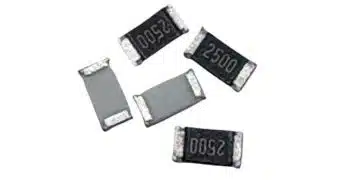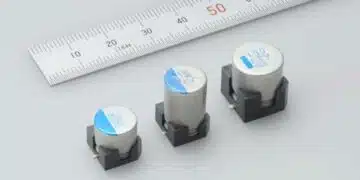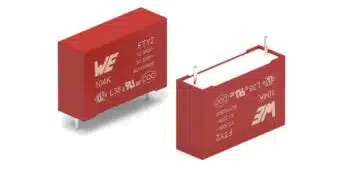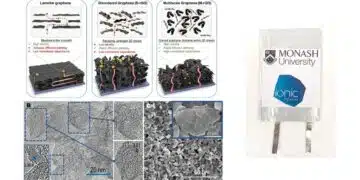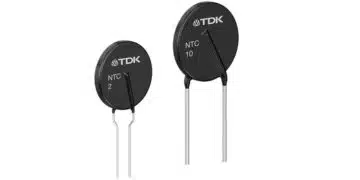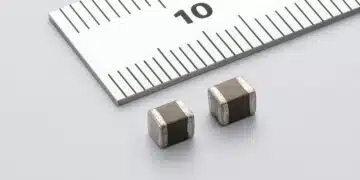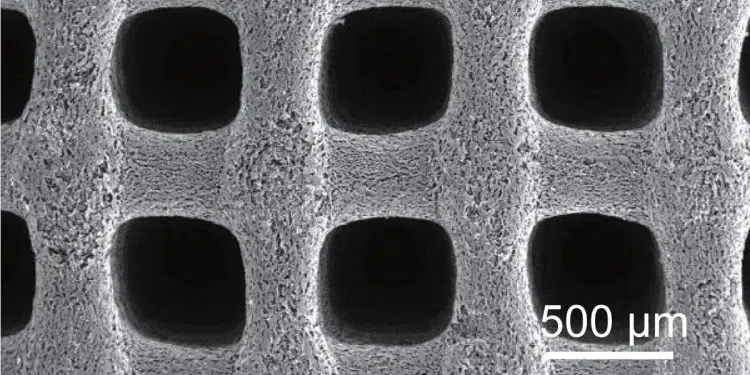Maintaining fast charging capability at low temperatures represents a significant challenge for supercapacitors. The performance of conventional porous carbon electrodes often deteriorates quickly with the decrease of temperature due to sluggish ion and charge transport. Jennifer Lu, Yat Li and colleagues researchers from U.S. and China 3D printed a porous carbon aerogel using cellulose nanocrystal-based ink, and then freeze-dried it resulting in supercapacitors capable to operate at very low temperatures. At −70 °C, the symmetric device achieves outstanding capacitance of 148.6 F g–1 at 5 mV s–1.
NASA’s Perseverance Rover recently made a successful landing on Mars, embarking on a two-year mission to seek signs of ancient life and collect samples. Because Mars is extremely cold—nighttime temperatures can drop below -112 F—heaters are required to keep the rover’s battery system from freezing. Now, researchers reporting in ACS’ Nano Letters have 3D printed porous carbon aerogels for electrodes in ultralow-temperature supercapacitors, reducing heating needs for future space and polar missions.
Jennifer Lu, Yat Li and colleagues wanted to develop an energy storage system that could operate at very low temperatures without heating units, which add weight and energy requirements to instruments and machinery, such as the Mars rovers. So the researchers 3D printed a porous carbon aerogel using cellulose nanocrystal-based ink, and then freeze-dried it and further treated the surface.
Researechers fabricated a 3D-printed multiscale porous carbon aerogel (3D-MCA) via a unique combination of chemical methods and the direct ink writing technique. 3D-MCA has an open porous structure with a large surface area of ∼1750 m2 g–1. At −70 °C, the symmetric device achieves outstanding capacitance of 148.6 F g–1 at 5 mV s–1. Significantly, it retains a capacitance of 71.4 F g–1 at a high scan rate of 200 mV s–1, which is 6.5 times higher than the non-3D printed MCA. These values rank among the best results reported for low temperature supercapacitors. These impressive results highlight the essential role of open porous structures for preserving capacitive performance at ultralow temperatures.
The resulting material had multiple levels of pores, from the 500-μm pores in the lattice-like structure, to nanometer-sized pores within the bars of the lattice. This multiscale porous network preserved adequate ion diffusion and charge transfer through an electrode at -94 F, achieving higher energy storage capacitance than previously reported low-temperature supercapacitors.
The team will collaborate with NASA scientists to further characterize the device’s low-temperature performance.
More information: “Printing Porous Carbon Aerogels for Low Temperature Supercapacitors” Nano Letters (2021). pubs.acs.org/doi/abs/10.1021/acs.nanolett.0c04780




